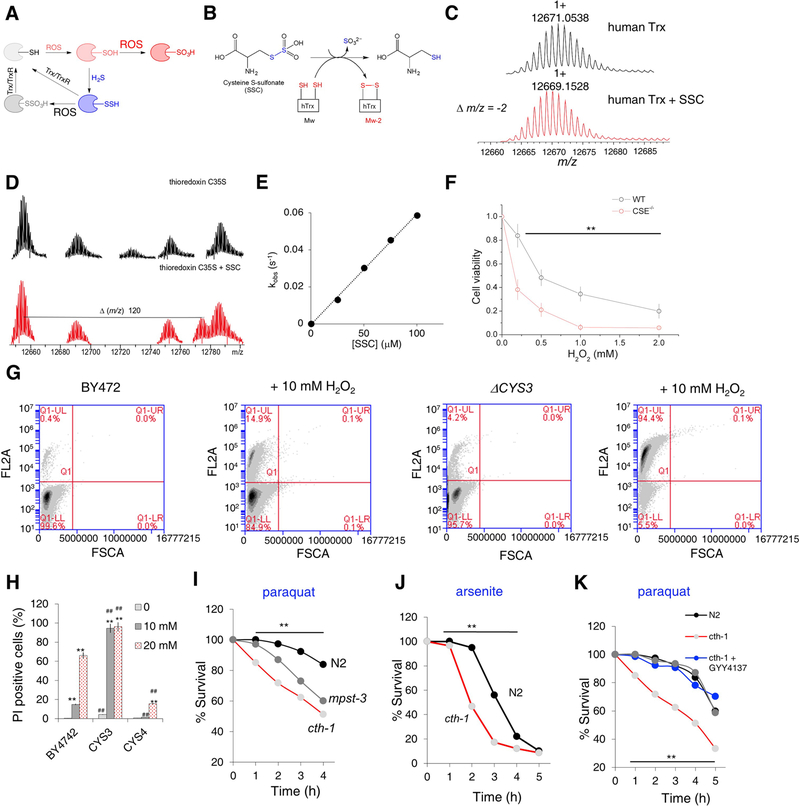Figure 6. Cytoprotective effects of protein persulfidation.
(A) The proposed mechanism for the protective effects of protein persulfidation. Trx-thioredoxin, TrxR-thioredoxin reductase.
(B) Model reaction of S-sulfocysteine (SSC) with human thioredoxin (hTrx).
(C) Deconvoluted MS spectrum of 10 μM human recombinant Trx (black) and Trx treated with 10 μM S-sulfocysteine (SSC) (red).
(D) Deconvolution of MS of 10 μM C35S Trx before (black) and after (red) the reaction with 10 μM SSC showing appearance of TrxS-S-Cys adduct in sample treated with SSC.
(E) Plot of kobs vs. concentration of SSC for the reaction with human recombinant Trx. Reaction was followed fluorometrically by measuring conformational changes induced in Trx due to the cysteine oxidation. Values presented as a mean ± SD. n = 3.
(F) Toxicity of H2O2 in WT and CSE−/− MEFs. Values presented as a mean ± SD. n = 3, ** p < 0.01 vs. control.
(G-H) Flow cytometry analysis of cell death using propidium iodide (FL2A channel). Different S. cerevisiae strains were cultured overnight, adjusted to OD600 = 2, and grown for 27 hr without or with 10 mM and 20 mM H2O2. Upper left quadrant was used as a measure of dead cells. 150000 cells were analysed per measurement. n=2. ** p < 0.01 vs. untreated cells in the same group, ## p < 0.01 vs. corresponding treatment of BY4742 cells.
(I-J) Survival curves of N2, cth-1 and mpst-3 C. elegans strains exposed to 60 mM paraquat (I) and 5 mM sodium arsenite (J). N>80 worms. Experiments were performed in triplicate. ** p < 0.01 vs. control.
(K) The effect of short-term (3 hr) pre-exposure to GYY4137 (500 μM) or AP39 (100 nM) on survival rate of cth-1 C. elegans mutants treated with 60 mM paraquat. N>80 worms. Experiments were performed in triplicate. ** p < 0.01 vs. control.

